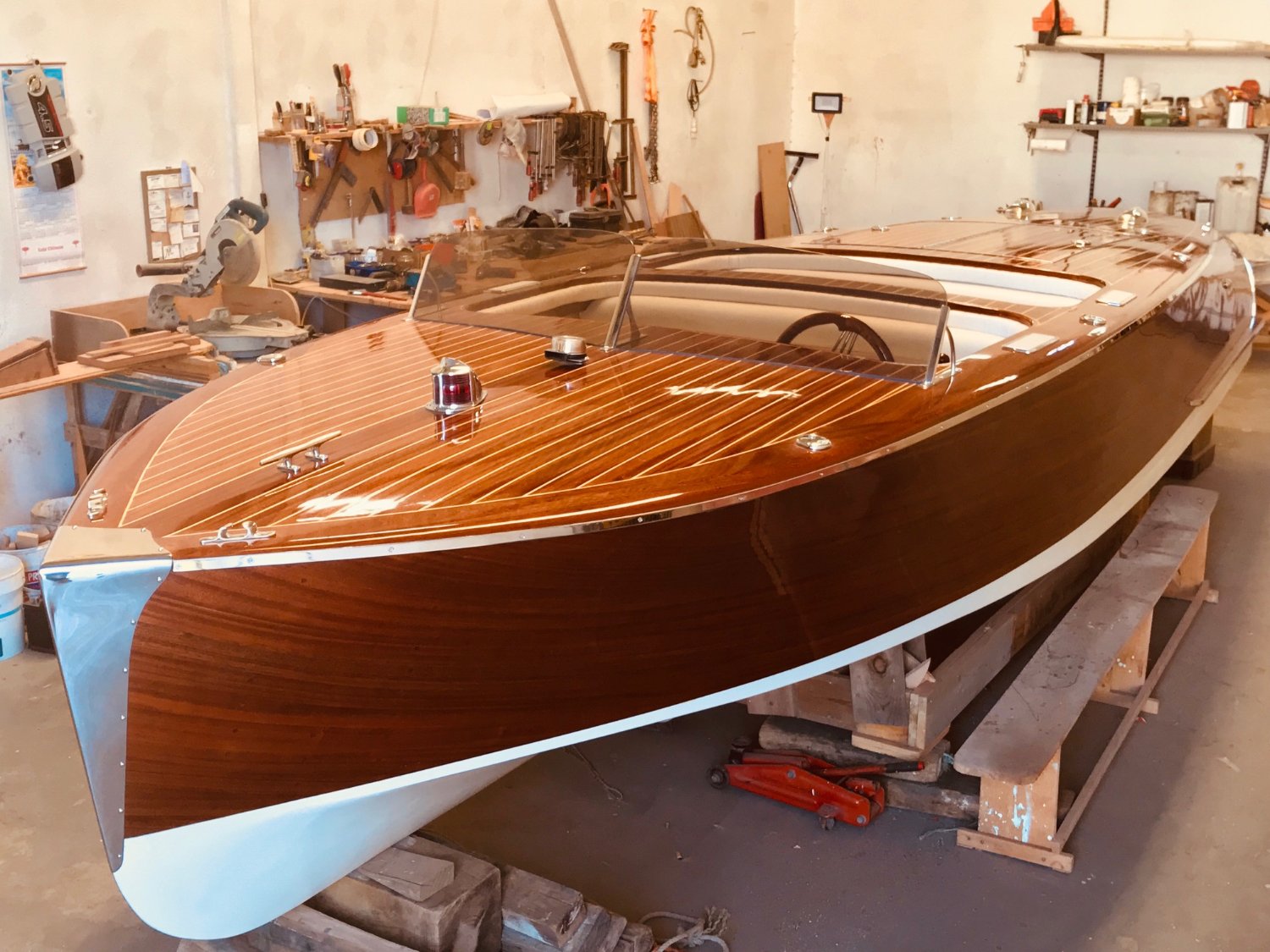Best Wooden Boat Plans for Crafting a Family-Friendly Watercraft

Beyond the Blueprint: Unconventional Approaches to Family-Friendly Wooden Boat Building
Building a wooden boat is a rewarding endeavor, a testament to human ingenuity and craftsmanship. But choosing the right plans and approaching the build in a truly family-friendly way requires more than just finding a pretty picture. This article delves beyond the typical "Best of" lists, exploring unconventional aspects and offering fresh perspectives for hobbyists, educators, and seasoned craftsmen alike.
Q&A: Tackling the Unexpected in Wooden Boat Construction
Beyond the "Perfect" Plan: How can I adapt plans for unique family needs?
Most plans cater to a generic user. But what if your family includes a wheelchair user? Or a child with a specific physical limitation? Instead of searching for a pre-made "accessible" plan (which are rare), consider adaptive design. Think about modifications during the design phase, not just construction. For example, adjustable seating positions, wider entrances, or custom-designed handholds can be integrated into the design itself. This requires collaborative design, potentially involving an occupational therapist or accessibility expert. Don't be afraid to deviate from the original plan; it's your boat, reflecting your family's unique needs.
Sustainability and Sourcing: Where do I find ethically and environmentally sound materials?
The environmental impact of boat building is often overlooked. Instead of using mass-produced timber, explore locally sourced reclaimed wood. This not only reduces the carbon footprint but can also lead to unique aesthetic results, creating a boat with a story to tell. Contact local lumber yards, demolition companies, and even your community's arborist; you might be surprised by the available resources. Consider the sustainability of the finish too; water-based, non-toxic finishes are readily available and better for the environment and your family’s health.
Budgeting Beyond the Basics: What hidden costs should I anticipate?
The initial cost of plans is just the tip of the iceberg. Hidden expenses like specialized tools, unexpected material needs (due to wood imperfections), and potential setbacks can quickly inflate your budget. Detailed budgeting incorporating contingency funds is crucial. Consider collaborating with others â€" pooling resources and expertise can significantly reduce individual costs. Documenting your progress, both financially and constructively, through a dedicated blog or shared online document can be an excellent tool for project management and family involvement.
Real-World Stories: Lessons from the Workshop
The "Grandpa's Legacy" Build: One family I know used their grandfather's reclaimed lumber to build a small sailboat. The project became a multi-generational bonding experience, sharing stories and woodworking techniques across generations. The resulting boat wasn’t just a vessel; it was a floating heirloom, rich with family history and memories.
The "Adaptive Adventure": A family with a child using a wheelchair adapted a standard dinghy plan by widening the cockpit and incorporating custom mounts for the child's wheelchair. This allowed the whole family to participate in watersports, demonstrating that ingenuity and adaptation can overcome seemingly insurmountable barriers.
Educational Opportunities: Engaging the Next Generation of Boat Builders
Building a wooden boat offers a unique hands-on learning experience. Educational institutions can leverage this by incorporating boat building into curriculum. This could involve:
- Integrating woodworking and nautical studies into STEM programs.
- Creating collaborative projects where students from different disciplines work together.
- Developing community outreach programs where students build boats for local charities.
By moving beyond the typical, wooden boat building transforms from a hobby into a multifaceted journey, fostering creativity, problem-solving skills, and valuable family bonds. The focus should not just be on the final product but on the process itself, the lessons learned, and the memories made along the way.
0 comments:
Post a Comment